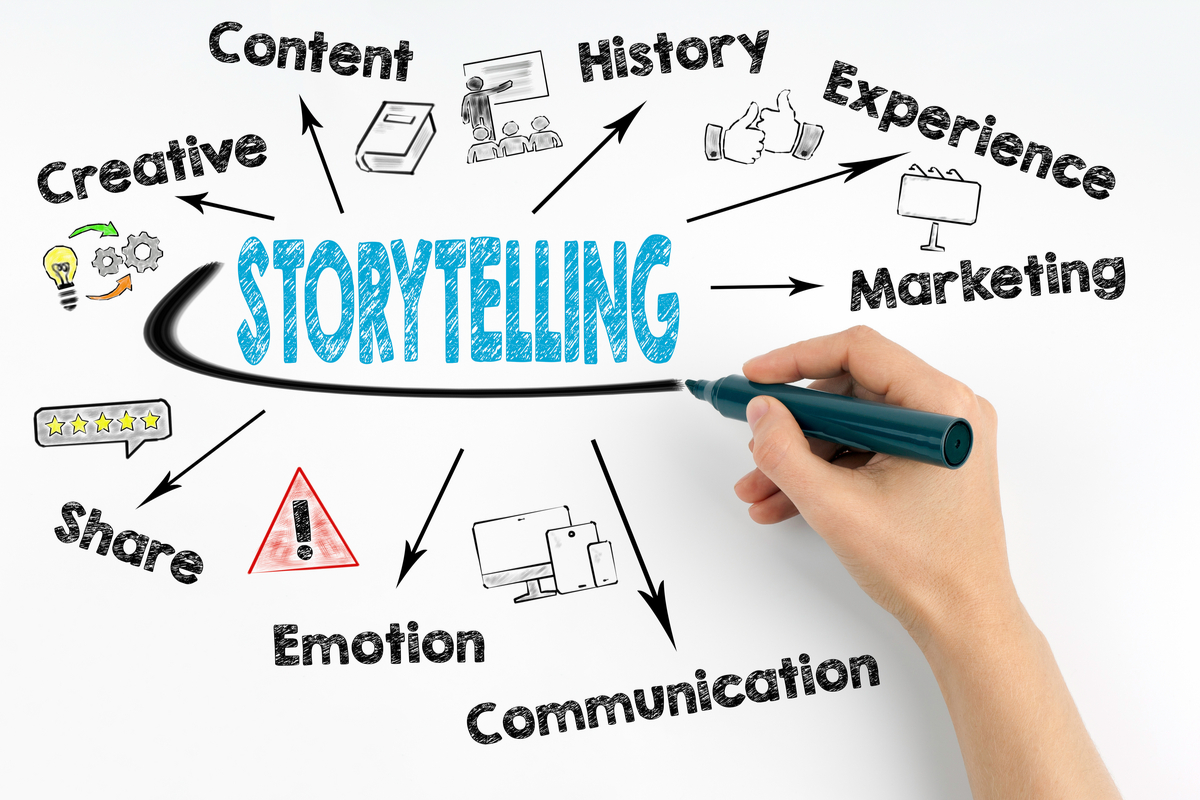
FAQ About Storytelling
Storytelling
2 years ago | gizem
What is the significance of conflict in storytelling?
Conflict is a fundamental element in storytelling that drives the plot, engages the audience, and shapes the development of characters. It serves as the central driving force that propels the narrative forward and adds depth to the storytelling experience. Here's why conflict is significant in storytelling:
- Creates Tension: Conflict introduces tension and suspense, keeping the audience engaged and curious about the outcome of the story.
- Generates Interest: A story without conflict can be flat and uneventful. Conflict gives characters challenges to overcome, making their journey more interesting and relatable.
- Fuels the Plot: Conflict provides the main source of obstacles and challenges that characters must face. These challenges lead to a series of events that form the plot.
- Drives Character Growth: Conflict forces characters out of their comfort zones and compels them to evolve, change, or develop new skills to overcome challenges.
- Reveals Motivations: How characters respond to conflict reveals their motivations, values, and beliefs. It provides insight into their personalities and drives.
- Offers Resonance: Conflict taps into universal themes and struggles that resonate with the audience. This connection makes the story more emotionally impactful.
- Builds Relationships: Conflict can bring characters together or drive them apart, creating opportunities for dynamic relationships and interactions.
- Tests Morality: Moral dilemmas and ethical conflicts force characters to make difficult choices, revealing their moral compass and adding depth to their characterization.
- Shapes Themes: Conflict can highlight and explore the story's themes. How characters handle conflict can shed light on the story's underlying messages.
- Facilitates Change: Conflict disrupts the status quo and prompts characters to take action. This change is essential for the story's progression.
- Provides Stakes: Conflict introduces stakes that characters must face—these stakes add urgency and consequences to their actions.
- Delivers Satisfaction: Overcoming conflict and achieving resolution provides a sense of closure and satisfaction for both characters and audience.
- Maintains Interest: The continuous introduction of conflict and resolution helps maintain interest and pace throughout the story.
- Creates Relatability: Characters' struggles and conflicts mirror real-life challenges, allowing the audience to connect emotionally and empathize with their experiences.
- Drives the Climax: The climax of a story often centers around the most intense conflict, leading to the resolution and conclusion of the narrative.
